Tour button
How (and Why) to Create a Press Kit
Ensuring an attraction receives the coverage it deserves.
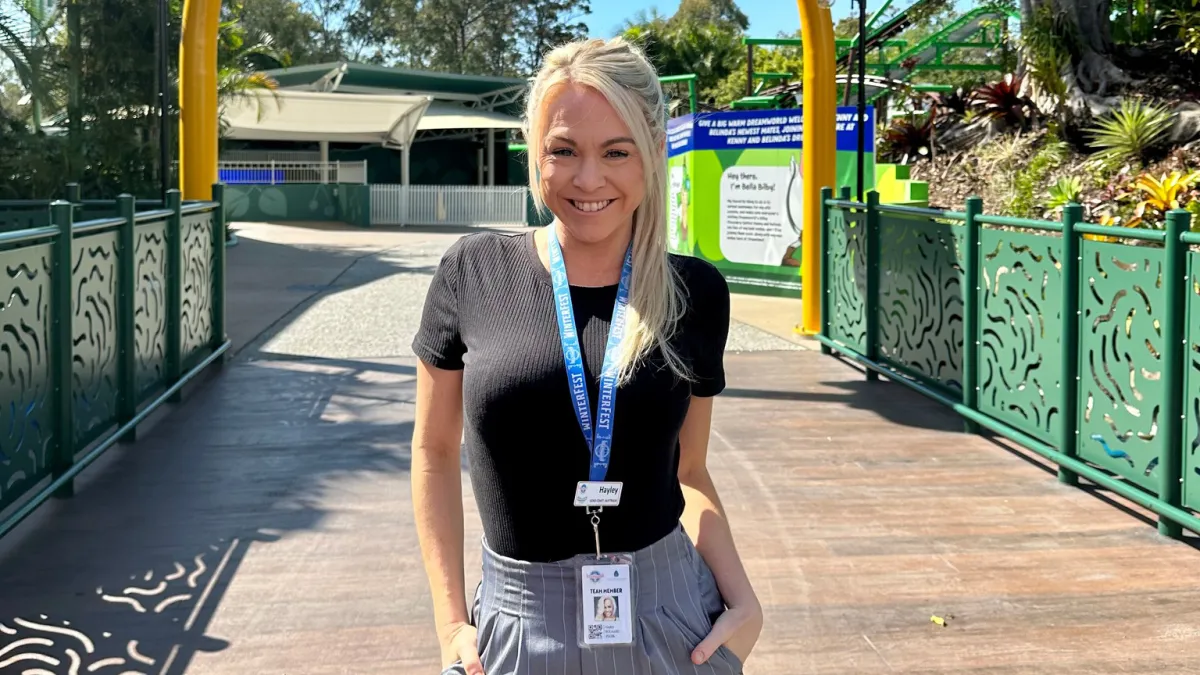
Journalists on deadline often face frustration when visiting an attraction’s website, only to find no press contact, no downloadable photos, and no basic park facts to quickly incorporate into a story. With today’s reporters stretched thin, covering multiple beats with limited resources, attractions—especially smaller ones with modest marketing budgets—should aim to provide a professional, accessible online press kit. It’s not just a nice-to-have; it’s essential for ensuring accurate coverage and staying visible in a competitive media landscape.
Why Digital Press Kits are Critical for
Small Attractions
For smaller attractions with limited resources, a well-crafted digital press kit functions as a strategic—and efficient—marketing asset.
“We really count on leveraging our media and public relations activities to supplement our advertising,” explains Katie Gray, manager of strategic communications at Toronto Zoo. “Media covering those stories is really doing some of the advertising dollar work for you.”
This supplemental marketing piece becomes increasingly valuable as media resources continue to shrink. “A press kit is ultimately a storytelling tool,” explains Hayley Bogaard, marketing and PR executive at Dreamworld Theme Park in Queensland, Australia. “As communications professionals, it’s our role to shape the narrative and make it as straightforward as possible for journalists to share it—accurately, quickly, and with impact.” She notes that it’s a chance to guide the story rather than rely on the media to fill in the gaps.
“A well-organized digital press kit can be essential to obtain media coverage while showcasing your attraction with accurate messaging and visuals,” points out Quinn Bryner, director of public relations at Hershey Entertainment & Resorts in Hershey, Pennsylvania. “Ten years ago, we had a physical press kit consisting of a folder with printed fact sheets, press releases, brochures and a jump drive of photos. Now, our press kit is digital/mobile-first and customizable based on the needs of each journalist.”
Common Mistakes and Pitfalls
Even with the best intentions, many attractions stumble when creating press kits. “Common missteps include outdated information, low-resolution images, broken links, or a lack of clear contact details,” notes Bogaard. Another big mistake? Overloading the kit with too much promotional language rather than sticking to factual, media-ready content. “A press kit isn’t a brochure—it should make a journalist’s job easier, not harder,” she advises.
Visuals are the make-or-break factor—dynamic images help your story stand out in a crowded inbox, while outdated assets can send your pitch straight to the recycle bin.
Anatomy of an Effective Press Kit
“Giving [journalists] what they need and making it easy for them will benefit you so much down the road—and doesn’t take a big lift,” Gray emphasizes.
What should an effective press kit include?
- A concise fact sheet with up-to-date stats, history, and key visitor information
- Recent press releases highlighting news, events, or new attractions
- High-quality, downloadable images
- High-definition b-roll footage available for download
- Quotes and soundbites from leadership or subject matter experts
- Clear, direct contact information
- Suggested story angles, especially those tied to trending topics
“We anticipate the high-level bullet points media or influencers might need to accurately understand our offerings and also provide soundbites from key spokespeople,” says Bryner. Her team also assumes media might not be able to send a crew to experience offerings directly. “Our goal is to bring the experience to them electronically with high impact visuals,” she explains.
Real-World Success Stories
A well-crafted press kit can deliver impressive media results. Gray shared how her team’s specialized press kit for their Wildlife Health Center opening gave journalists everything they needed, from technical background to scientific details to conservation narratives. Their niche assets made it easy for everyone to find their angle.
At Dreamworld, Bogaard credits their evolving press kit for the sustained buzz around the launch of their Rivertown precinct. By updating the kit with construction milestones, ride details, and behind-the-scenes visuals, they kept media engaged over months, not just on opening day. “It became one of the most widely covered projects we’ve had in years,” she notes.
Bryner said Hersheypark shared a media alert with drone footage of the topping-off moment of their new Twizzlers Twisted Gravity giant swing that opened in May. “It was a perspective of our skyline that only we could get, which led to strong TV and online coverage in our local market,” she says.
Creating a Professional Kit on a Budget
Building a polished press kit doesn’t require deep pockets. “It’s completely achievable on a small budget,” Bogaard points out. She suggests using free tools like Canva to design clean, branded materials, and store them in a shared folder via Google Drive or Dropbox. “And one well-planned photoshoot per year can yield a strong bank of images for both PR and marketing.”
Technology has democratized content creation. “The technology today... it doesn’t have to be that perfect-looking end product to send out to media,” Gray explains. “Our social team will go out with an iPhone and get stuff.”
The Power of Multimedia
In today’s visual media landscape, compelling images and videos are essential. “Photos and videos tell the stories,” Gray emphasizes. “If you get a video of any animal doing anything—even mildly entertaining or cute—people love it. People will share it.”
Bryner suggests focusing on unique perspectives. “Prioritizing video assets that only you can obtain, like aerial perspectives or on-ride POV video can be most effective,” she notes. “Sending drone b-roll alerts has increased our regional coverage substantially.”
Beyond the Kit: Building Media Relationships
A great press kit is just the start—lasting media coverage depends on genuine relationships. As Bogaard notes, “Our relationship with the media needs to be nurtured, maintained, and approached with genuine value.”
Gray agrees, saying, “It’s old school, but there’s still relationship-building in the media world ... reaching out to individuals when you have a story with, ‘Hey, John, I thought of you for that neat thing we have going on,’” she recommends.
Actionable Steps
An effective press kit is your ticket to greater visibility, stronger media relationships, and increased coverage you couldn’t otherwise afford. Start by auditing your current media materials, update the essentials, and lean into creative storytelling that sets your attraction apart.
“At the end of the day, your goal is to give them something so compelling—and so well packaged—that they simply can’t say no,” emphasized Bogaard.
Follow IAAPA for news and event announcements in your favorite social media apps
Connect with the Real Stories Behind the Fun
Follow our social media for authentic stories, special moments, and behind-the-scenes looks from the attractions world.


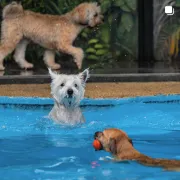
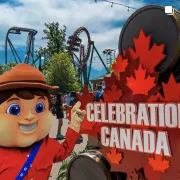
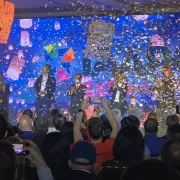
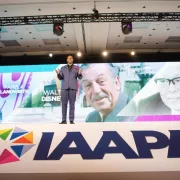





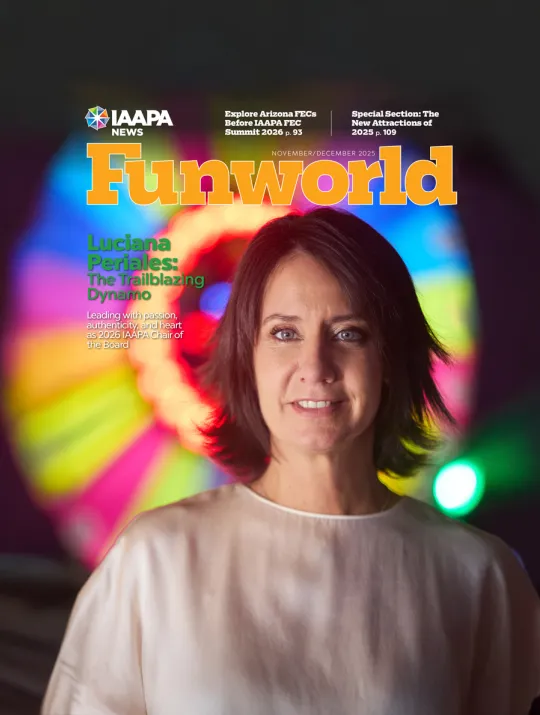
 The Official Magazine of IAAPA
The Official Magazine of IAAPA